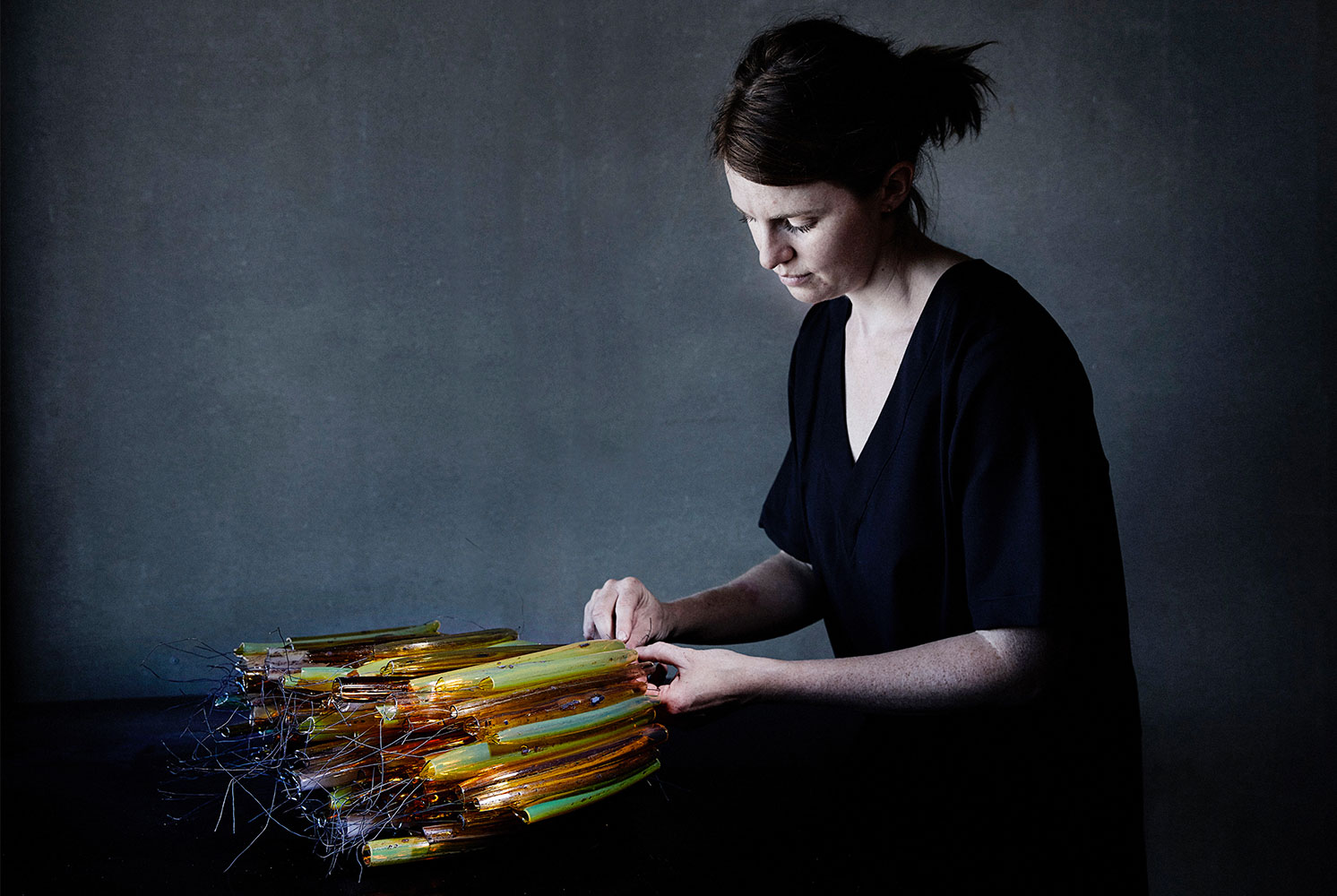

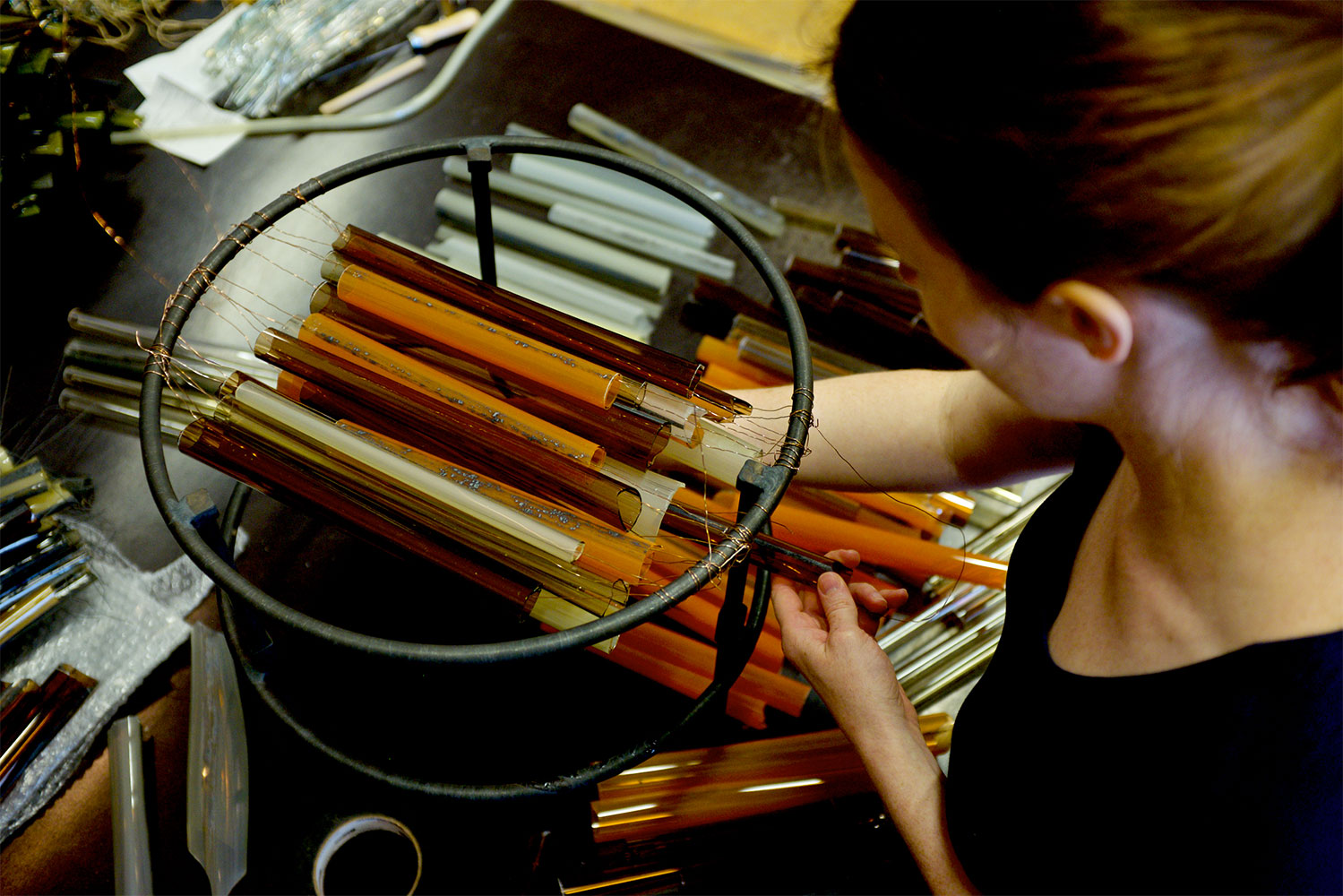
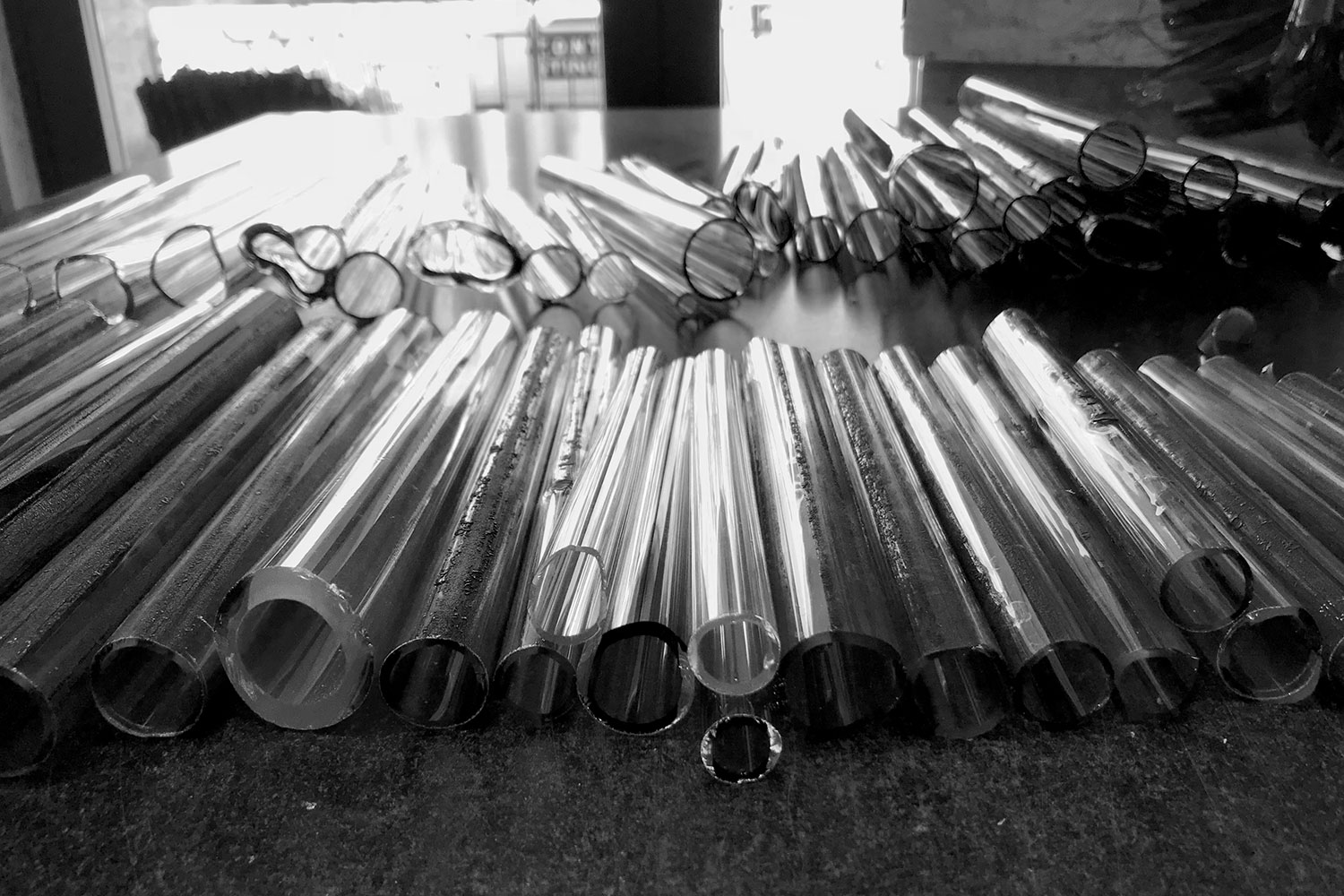
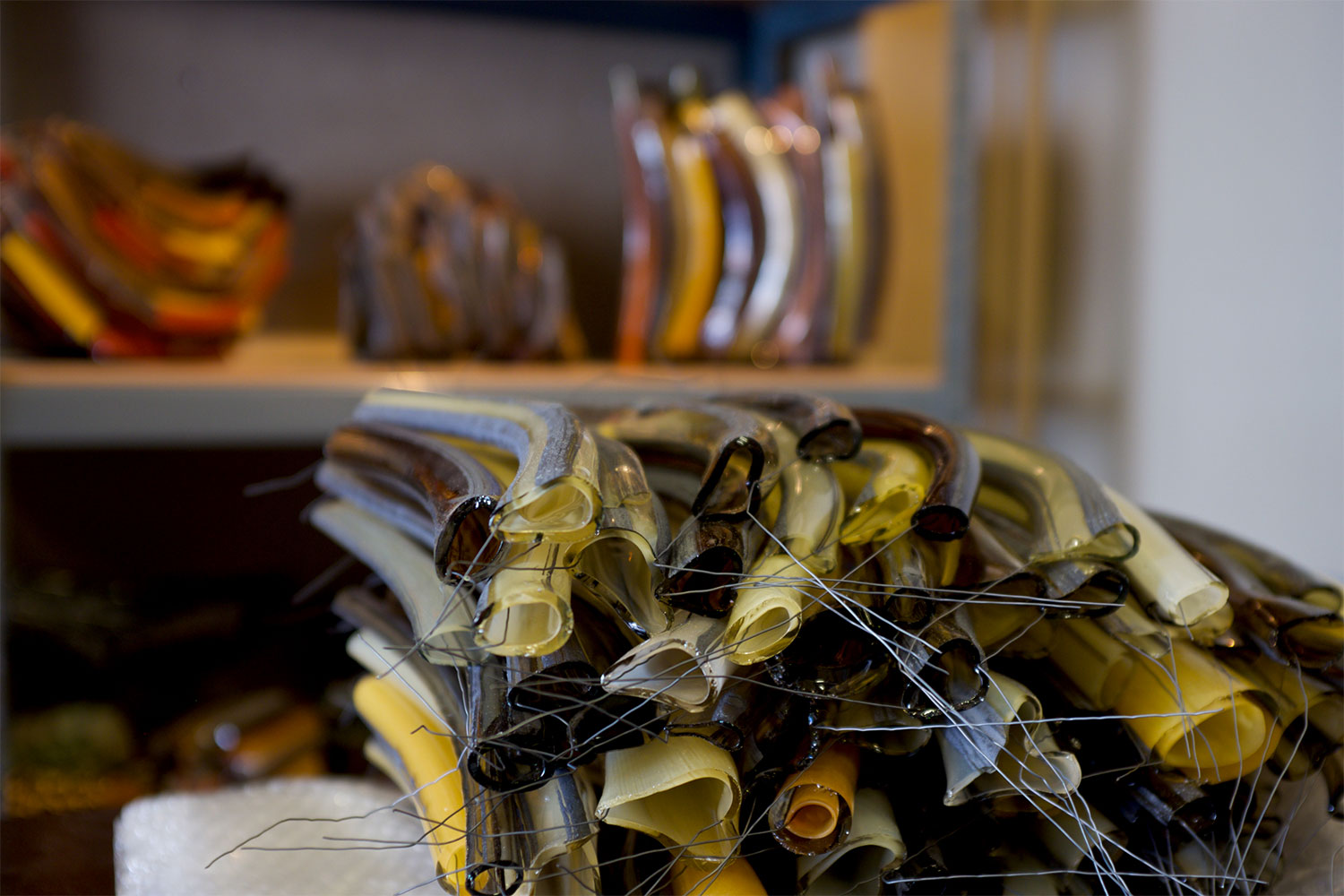





Ida Wieth discovered glasswork as a child and took her first glass course in Denmark at 18. She went on to study glassblowing at the Kosta Glass School in Sweden, followed by a master’s degree at Edinburgh College of Art in Scotland. “When I first ‘touched’ glass, it was so incredibly difficult but also captivating, and I decided to pursue it further,” she says. Ida now works with glass and ceramics, and occasionally wood, concrete and metals, combining an artistic approach with artisanal knowledge of materials and techniques to create highly expressive and emotional works. For her, creations can be considered well made when feelings, expression and materials come together and trigger a certain sense of mystery.
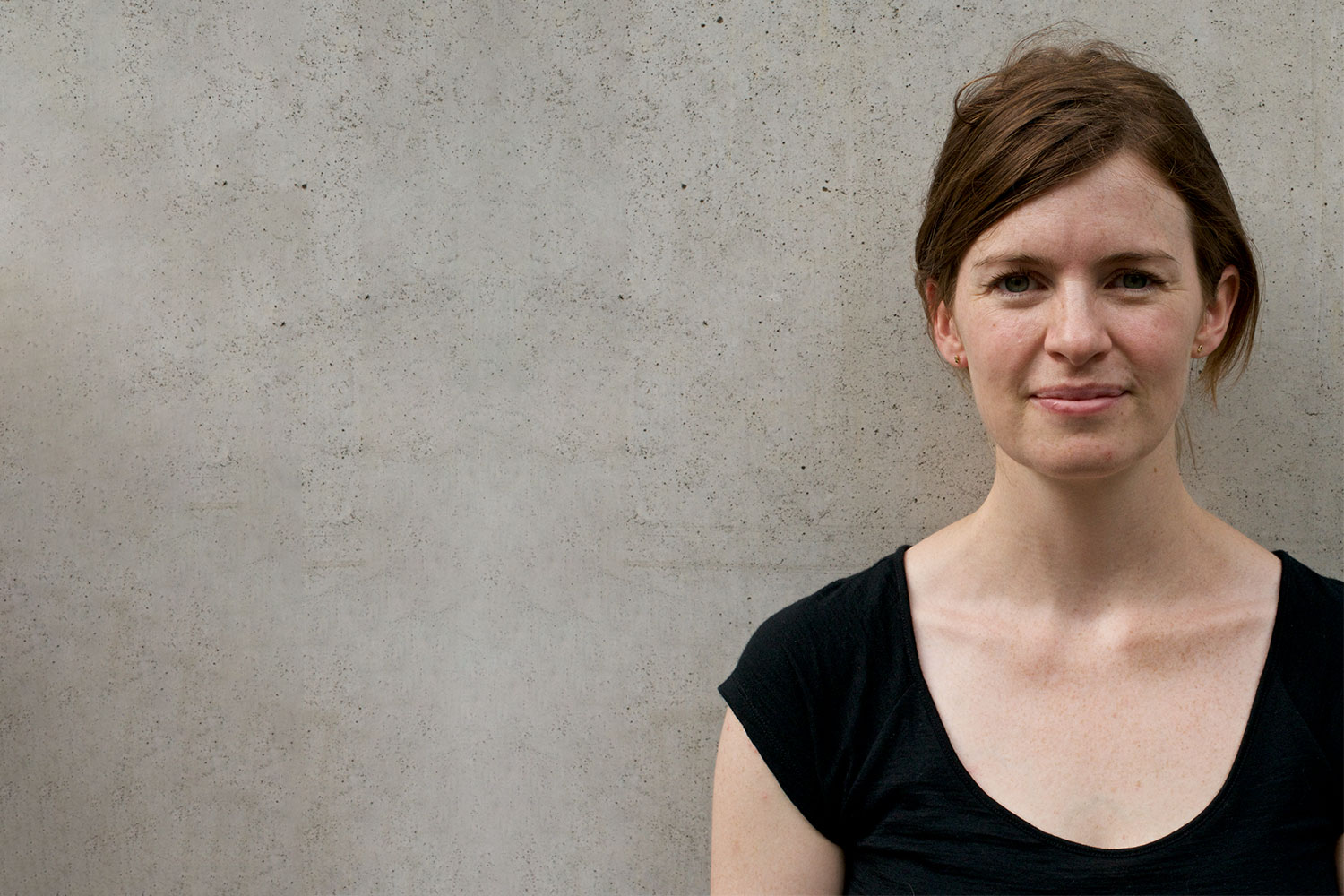

Ida Wieth